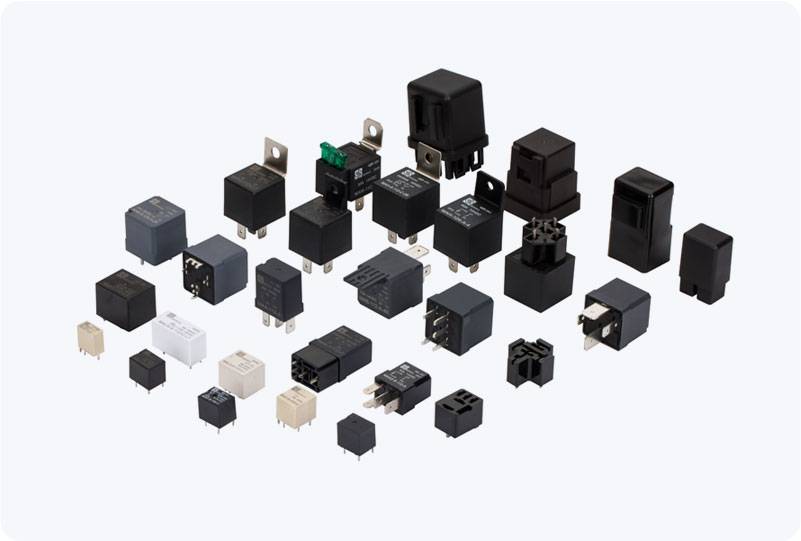the role of 5g base station relay in enhancing network performance
Release time:2025-11-18 15:38:56
As the world rapidly moves towards the implementation of 5G technology, the demand for faster, more reliable, and efficient network coverage becomes increasingly critical. One of the key technologies playing a crucial role in meeting these demands is the 5G Base Station Relay. This technology allows mobile networks to extend their coverage and capacity without the need for costly and complex infrastructure. This article explores the importance of 5G base station relays, their functionality, benefits, and challenges, and their potential applications in the future of mobile communication.

Understanding 5G Base Station Relay
A 5G base station relay is a wireless communication node that helps extend the reach of a primary base station by receiving signals and relaying them to users in areas where the main signal may be weak or obstructed. Unlike traditional base stations that rely on fixed infrastructure like fiber-optic cables, a relay base station transmits data wirelessly between the user and the primary base station. This is particularly useful in challenging environments such as urban areas with tall buildings, remote locations, and underground facilities.
The core function of a 5G base station relay is to enhance the coverage of the network, making it possible to provide stable connections to areas that might otherwise be underserved or have limited signal strength. By acting as a communication intermediary, these relays ensure that the data transmission is seamless and the users experience high-quality service, even at the edge of the coverage area.

